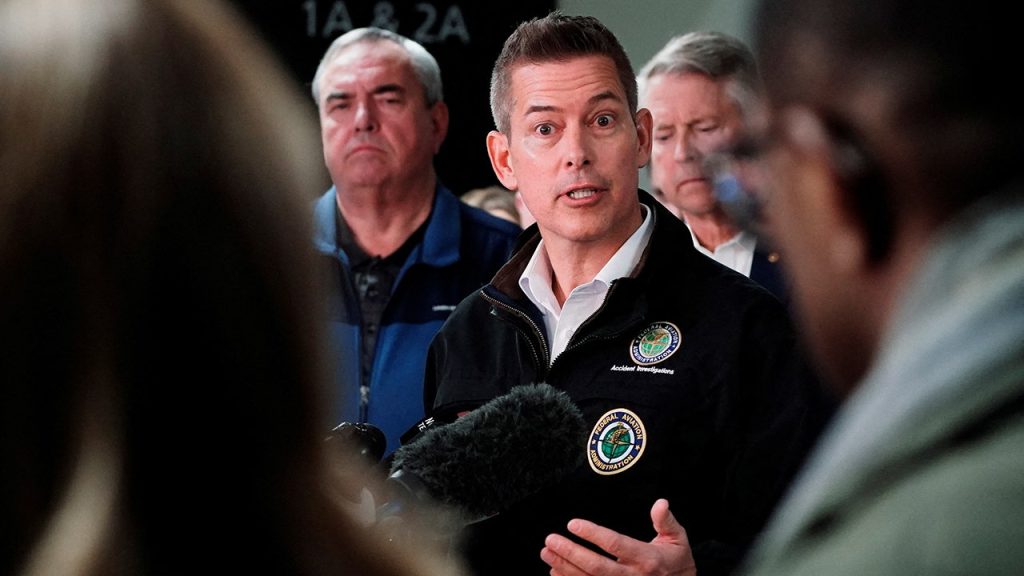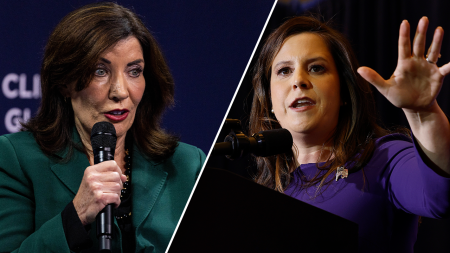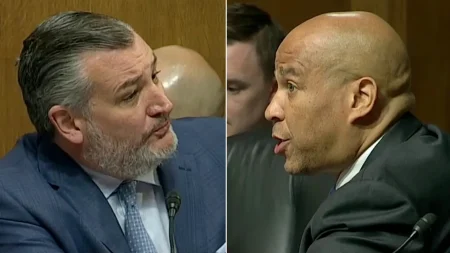The Federal Aviation Administration (FAA) is facing significant challenges, including outdated systems and a decline in air traffic controller recruitment, according to Transportation Secretary Sean Duffy. While Duffy affirmed the U.S. aviation system remains the safest globally, he acknowledged the urgent need for modernization and improvements within the FAA. He highlighted the reliance on both air traffic controllers and onboard aircraft technologies to maintain safe separation, emphasizing the overall safety record despite the existing issues. Duffy pointed to the recent NOTAM system outage as evidence of the antiquated nature of some FAA systems and stressed the necessity for upgrades. He also underscored the impact of the mandatory retirement age of 55 for air traffic controllers, contributing to a high turnover rate and the need for a constant influx of new recruits.
The COVID-19 pandemic exacerbated the challenges facing the FAA, particularly in training new air traffic controllers. Duffy explained that the pandemic created a bottleneck at the FAA’s training academy, limiting class sizes and delaying the essential in-person experience at control towers. This disruption further strained the pipeline of qualified controllers entering the workforce. Duffy emphasized his focus on training the “best and brightest” new generation of recruits, prioritizing skill and aptitude over diversity, equity, and inclusion considerations in the selection process. He argued that in critical roles like air traffic control, the highest priority should be ensuring the most competent individuals are responsible for safety.
Duffy’s comments come in the wake of two recent aviation accidents in the U.S.: the mid-air collision between a military helicopter and a commercial airliner in Washington, D.C., and the crash of a private plane in Pennsylvania. While investigations into both incidents are ongoing, Duffy expressed particular interest in the communications between the control tower at Reagan National Airport and the aircraft involved in the D.C. collision. He outlined a series of questions that need to be addressed by the investigation, including staffing levels at the tower, the actions taken by the air traffic controller, the specific language used in communications, and whether established FAA procedures were followed. Understanding the circumstances surrounding these incidents is crucial for identifying potential systemic issues and implementing necessary corrective measures.
The FAA’s challenges, encompassing technological limitations and workforce recruitment, underscore the complex interplay of factors affecting aviation safety. While the U.S. maintains a strong overall safety record, the recent incidents and Duffy’s statements highlight the need for continuous improvement and modernization. The mandatory retirement age for air traffic controllers contributes to the ongoing need for new recruits, and the pandemic-related disruptions at the training academy further compounded the staffing challenges. Duffy’s emphasis on recruiting the “best and brightest” while questioning the prioritization of diversity, equity, and inclusion in air traffic control hiring has sparked debate about the appropriate balance between competence and representation in critical safety roles.
The investigations into the recent accidents will play a crucial role in determining the specific factors that contributed to each incident. Duffy’s particular focus on the communications between the control tower and the aircraft involved in the D.C. collision signals the importance of clear and effective communication in maintaining safe air traffic operations. Understanding the actions taken by the air traffic controller, the language used, and whether proper procedures were followed will provide valuable insights for preventing future incidents. The findings of these investigations will likely inform future policy decisions and training protocols for air traffic controllers.
The ongoing challenges facing the FAA highlight the constant need for vigilance and adaptation in the aviation industry. Balancing the demands of maintaining safety, incorporating new technologies, and developing a qualified workforce is a complex and evolving task. The mandatory retirement age for controllers necessitates a continuous pipeline of trained professionals, while the interruptions caused by the pandemic have further strained the system. As the investigations into the recent accidents progress, the findings will provide critical insights for strengthening safety protocols and addressing the systemic challenges facing the FAA. Duffy’s emphasis on prioritizing competence and his questioning of the emphasis on diversity, equity, and inclusion in certain critical roles reflect an ongoing discussion about the optimal balance between these considerations in ensuring safety.










